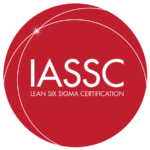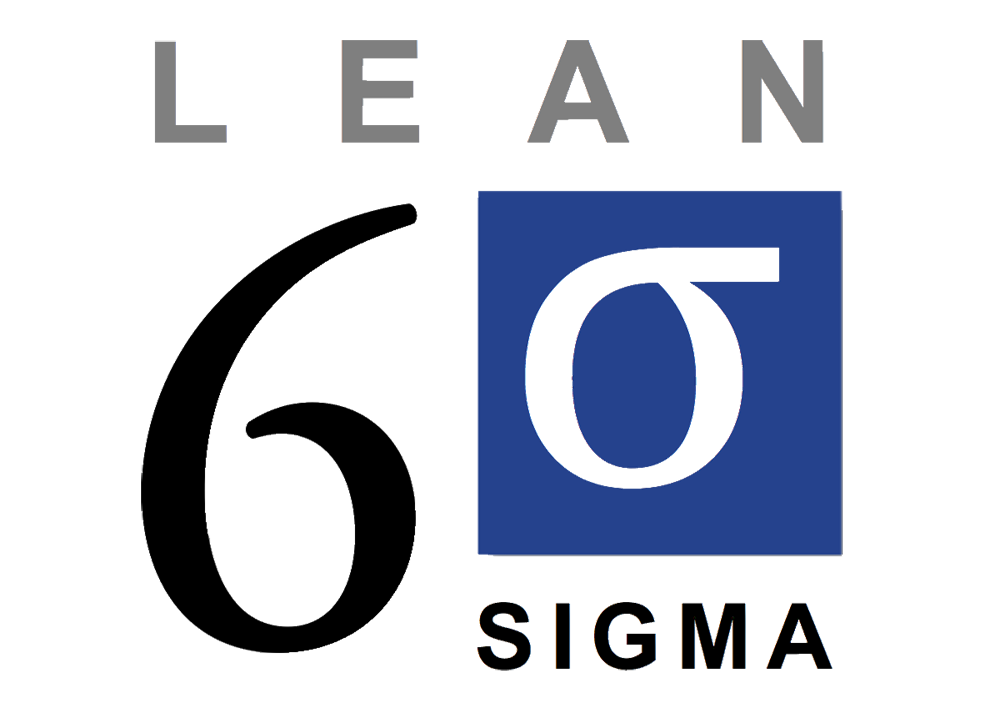Here at SkillsetGroup, we place quality control and process engineers all the time. As a result, we know one of the most prized certifications for this sector is a “Lean Six Sigma” certification.
If you’re educated in this set of quality control practices, you know the statistical and measuring tools to streamline and reduce errors in virtually any manufacturing scenario, sometimes saving firms millions of dollars.
A metaphorical colored “belt” designates levels of expertise in Six Sigma. As in martial arts from where this scoring system is borrowed, the master black belt is the highest expertise level.

Six Sigma certifications can usually help our engineering candidates land great jobs – better hours with better pay and higher on the management ladder than if they don’t have these certifications.
Your Six Sigma belt is a great tool for recruiters to show off your talent.
What Is Six Sigma?
An engineer named Bill Reed at Motorola devised the Six Sigma system in 1986 to standardize measurements of defects and manufacturing inefficiencies. It is based on a bell-curve of production and defect rates, allowing for a process to fall within three standard deviations above or below the mean, or a total of six standard deviations (also known as sigmas) means the defect rate is relatively low.
Using this system of statistical tools and process maps, Six Sigma helped reduce Motorola’s defect rate to 3.4 per 1 million units manufactured, according to Thomas Goodwin of Motorola Mobility.
Goodwin explained the development of the Six Sigma certification system in his 2020 guest column in SupplyChain magazine.
“Over the years, we built on this methodology to include the use of statistical tools, and a step-by-step process to drive improvement, innovation and optimization,” Goodwin writes. “We implemented large-scale training efforts and applied the methodology beyond manufacturing into transactional, support, service and engineering functions. Six Sigma became a collaborative effort between our customers, suppliers and stakeholders and an important tool to engage our employees in a culture of continuous improvement.”
Crucial to Six Sigma’s spread in popularity was General Electric’s adoption of the system in the 1990s.
What does ‘Six Sigma’ mean?
The name “Six Sigma” refers to an ideal statistical result from applying the Six Sigma principles, that is, a production output with an incidence of errors three standard deviations above the mean (the apex of a statistical bell curve) or below it, depending on what’s being measured.
Statistical math formulas identify a standard deviation by the Greek character Sigma. Add up three Sigmas above or three below, and you get Six Sigmas, the origin of the system’s name.
What does ‘Lean Six Sigma’ Mean?
The methodology soon expanded to include Lean manufacturing techniques. This is an application of the Six Sigma philosophy to efficiency and profitability, where before it focused only on removing product defects.
Lean Six Sigma principles call for removal of any material, personnel or processes in manufacturing that don’t add value for the end customer. This may include something as simple as mapping the route skilled laborers walk through a plant to save a few seconds every trip, to something as large as eliminating millions of dollars in wasted materials through condensing steps in the manufacturing process.
Now, Lean Six Sigma certifications and methodologies are prized by employers all over the U.S., meaning a Six Sigma belt on your resume is a powerful hiring incentive for all kinds of engineering and manufacturing jobs.
What is DMAIC vs. DMADV?
These acronyms both refer to different rubrics within the Lean Six Sigma system applied to the problem of process inefficiency and errors.
The difference is the former is used to improve efficiency in existing processes, while the more data-driven DMADV applies better to implementing new strategies or designing brand new manufacturing processes for new products.
Here are meanings of the acronyms, according to the ASQ, a global quality control professional organization:
- DMAIC: Define, Measure, Analyze, Improve, Control
- DMADV: Define, Measure, Analyze, Design, Verify
As you can see, the last two steps in each rubric differ. “Improve and control” applies to projects already started and running, while “Design and Verify” refers to creating a brand new process designed on the measurements and analysis in the first three steps.
The verification step is the experimentation step in which engineers test the function of the process design for errors or waste.

What are the Six Sigma Belts?
The Six Sigma certification belt levels are as follows, according to the ASQ:
- Six Sigma White and Yellow Belt: These are great certifications for ambitious entry-level employees or executives who need only a general understanding of the process.
- Six Sigma Green Belt: A green belt is someone who has at least three years of experience in implementing Six Sigma-based process improvements. They work on their analysis tasks under the supervision of a Six Sigma Black Belt.
- Six Sigma Black Belt and Master Black Belt: These are the highest-level Six Sigma certifications, and they allow you to act as a manger for other Six Sigma experts to execute Six Sigma-based analysis (DMAIC, control charts, other statistical tools, etc.).
What Organizations will Certify You for a Six Sigma Belt?

Their only requirement for earning a belt is to pass a test based on their IASSC body of knowledge, which includes the Lean Six Sigma principles.

Despite the bad blood between these competing organizations, it seems the certifications you can get from either are valuable. These are the main certifying bodies that don’t offer in-house training you have to take as a requirement.
Will My Employer Pay for my Six Sigma Training and Certification?
Many employers have continuous improvement incentive programs for their workers. If you’re interested in improving your skillset with Lean Six Sigma techniques, ask your supervisor if there are programs available through your work.
If your firm has a companywide Six Sigma program in place already, it’s a good bet they want you to have the training of at least a yellow belt. That pursuit of perfection is every employee’s responsibility is a foundational pillar of the philosophy.
How Can I find Help to Study for my Six Sigma Belt?
You can always find an accredited training source through the Six Sigma Council site, but keep an eye out for the following:
- The site has a U.S. physical address listed prominently on the website (not just a P.O. box).
- You can easily reach a live individual to answer your questions free from high-pressure sales tactics
- All fees and services are outlined up front and are similar to the fees and services outlined by other providers you have researched.
Beware of claims you must pay a certain amount for prerequisite courses in order to sit for the test; this is not true.
You will probably have to pay for some training if you want the best chance at passing the exam, but the IASSC and the Six Sigma Council will let anyone sit for it, regardless of their background, as long as they pay the proctoring fee.
So, if you’re a process engineer who has already shepherded your firm through some big efficiency improvements using your personal expertise and some outside Lean Six Sigma research, you may be ready to pass the test with minimal formal instruction.
But if you’re someone who has been out of the game for a while or is looking to level-up in their career, it’s probably worth the investment in a battery of instructional courses to prepare you.
The ASQ is another great resource for this. Their reason for existence is to organize and provide trainings to its members in systems like Six Sigma.
The Six Sigma Council also has a section of their website dedicated to established training program providers. Seeing a training program on the Six Sigma Council list is one way to narrow down your search for training, but the council says it can’t guarantee the quality or honesty of every vendor listed.


